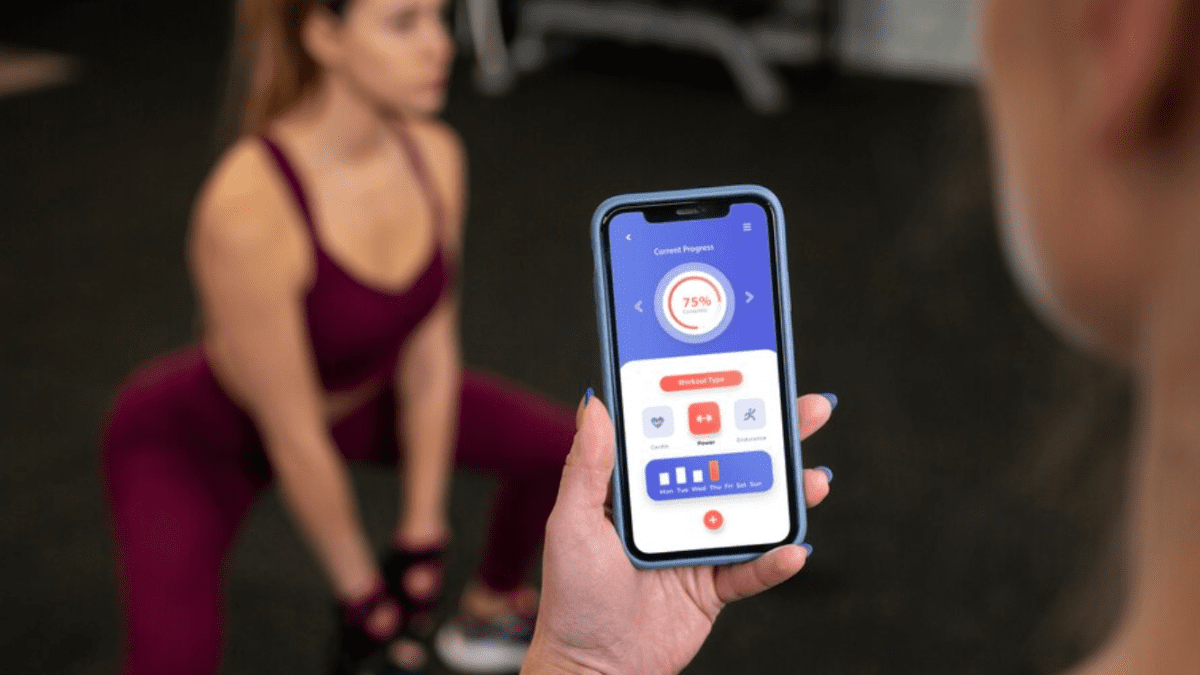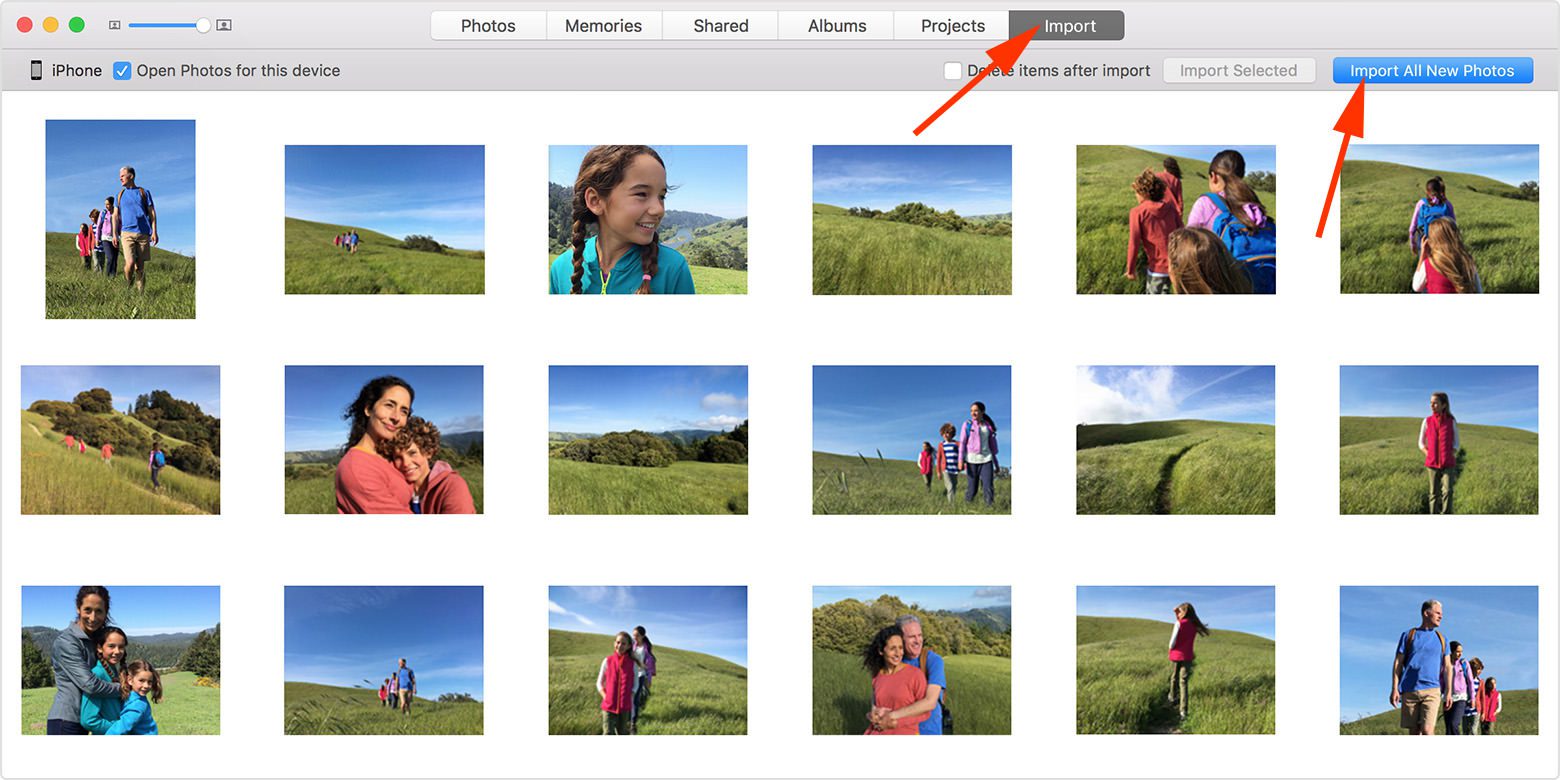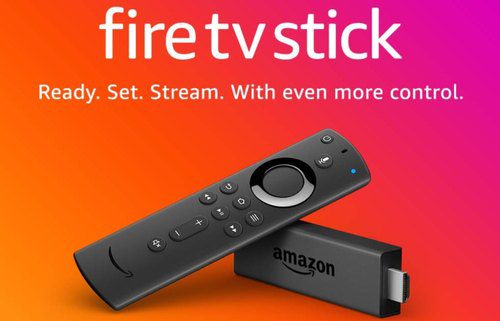
The fitness world is constantly changing. Recently, it’s expanded substantially due to technology advancements and people looking to improve their health. Due to this, fitness businesses must stay on top of what’s new and trendy. For 2025, there are amazing ideas for you to consider.
COVID-19 further fuels this trend because users are growing awareness of wellness and fitness activities. Today, more and more people are using applications for fitness as a simple method to establish goals, monitor workout routines, track fitness levels such as BMI, BMR, and water retention, and access customized training programs. In addition, fitness apps permit users to access nutrition information about their daily diets, like carbs, fiber, iron, protein, and more.
So, if you’ve considered making your own fitness application, now could be the perfect time to take the leap. In this blog, we’re providing the best motivation for your fitness application concepts by examining the most popular categories in the fitness industry.
Types Of Fitness Apps
If you look at the most popular fitness app development solution, do you see that they fall into certain categories of fitness apps? Perhaps one of the biggest things to consider is what you want to accomplish for fitness app development. A self-built app or one developed by companies that create apps can benefit its users based on its type.
Activity Tracking Apps
The app was created to track users’ exercises or workouts. To estimate the amount of calories burned in workouts, users often keep track of the number of steps, time, distance, duration of exercise, and more. Some apps will meet the needs of runners and cyclists who require more precise metrics measurement.
Diet & Nutrition apps
The apps are created to help users track their consumption and create a personalized food schedule. Once the user has recorded the drinks and food they’ve consumed, they can calculate calories consumed with a vast database. Based on the specific details provided, the software can also create diet plans and recommend the appropriate exercise routines for the individual (such as gender and age, height, and weight).
Workout Apps
The third most used fitness apps are those that allow you to exercise. They function as a mini personal fitness coach on your phone, offering exercises, training, and workout plans. To customize the user’s experience generally, you can choose exercise levels, frequency, music, and even notifications. Some apps let users exercise during a workout session or select the body parts they want to concentrate on.
Top 7 Fitness App Ideas Booming in 2025
In the fitness and wellness sector, there’s always room for ingenuity. In 2025, technologically savvy experiences, fueled by technological advancements, will continue to push boundaries, increasing the use of fitness apps.
One-on-One Fitness Apps
One-on-1 fitness apps provide the benefits of having a private coach or trainer at your fingertips. The apps connect users with skilled coaches, instantly communicating with trainers and personalized exercises.
Diet and Nutrition Apps
If you’re looking to build a fitness app, you can develop a concept based on diet apps. These apps allow you to keep track of calories, help improve your eating habits, and provide different kinds of self-monitoring, as do most fitness trackers. The fitness sector was worth more than 308 million dollars in 2023. It is predicted to expand at a rate of 17.1% between 2024 and 2032.
Physical Therapy Apps
Although virtual care could contrast with the tactile physical therapy experience, Mobile apps designed for mobile use can help bridge the gap by making home exercise routines easier for patients. Physical therapy apps come in various styles and designs, with instruments specifically designed for measuring exercise, trackers for exercises, all-in rehabilitation apps, and more.
It’s a profitable market, and physical software was estimated at $1.25 billion by 2023. The market is expected to expand at a rate of 11.0% from 2024 until 2030. This growth is attributed to the advantages that physical therapy apps provide to the healthcare industry, which include lower administrative burden stress, less staffing pressure, and reduced billing errors.
AI-Based Fitness Apps
With the help of AI capabilities, fitness apps can build upon users’ unique data to create customized exercises, modify recovery strategies, and even provide specific meal plans and dietary suggestions. They can also use artificial intelligence to offer individualized interactions, including virtual fitness coaches and intelligent chatbots. AI-driven video assistants could substitute human trainers and automatically alter workout routines to achieve more effective results.
Meditation and Mindfulness Apps
Apps for mindfulness and meditation could help users reduce anxiety and stress, improve their focus, and enhance sleep by guiding breathing techniques, advanced meditations, soundscapes, and immersive experiences. The global market for meditation apps is projected to exceed the $7 billion mark by the year 2033 and grow at a rate of 17.9% from 2023 until 2033. That is why this fitness app idea is worth trying.
Connected Fitness Apps
Connected fitness apps connect technology and fitness. They let users enjoy the gym experience while staying in their homes. IoT, AI, and technology like ML can enhance connected fitness apps.
Nowadays, online fitness equipment and applications have been gaining popularity. The worldwide market for connected gym equipment was $964 million by 2023 and is expected to surpass $8.9 billion in 2032.
This is partly fueled by consumers’ increasing demand for hybrid workouts. More than 70% of people who exercise regularly opt for a hybrid method, combining gym exercises with online fitness classes. To address this trend, the majority of businesses in this industry are changing their business models and providing smaller, less costly products that can be used in conjunction with hybrid workouts. Market players will be able to work side-by-side with traditional fitness instead of trying to compete with it.
Social Fitness Apps
Social fitness apps blend the pleasure of social media and fitness-related experiences. They provide a platform for fitness classes, challenges, and interaction with people similar to you. Because of the social component, the apps for social fitness provide an innovative method to build an atmosphere of belonging and increase motivation while making it simpler for users to set and reach fitness goals.
How to Build a Fitness App?
Fitness app development is a complex process that requires careful consideration and a strategic approach to each step. Understanding every step can help you create an efficient and scalable app.
Conceptualize and Plan
The first step towards custom fitness app development is defining its goals, target audience, and key features. Consider whether your app is focused on particular fitness-related activities (e.g., exercises, yoga, and running) or provides a broader platform with multiple functions.
This involves analyzing market trends, identifying areas of opportunity, deciding on the appropriate kind of app to create, and preparing for the most important features, such as chatbots, push notifications, etc.
Determine the App Type
Learn about your users’ needs, fitness goals, as well as the issues to determine the best fitness app for their preferences. Whether it’s an exercise planner, nutritional monitor, community-based system, or virtual coach, deciding on the correct app types is important to its success.
Choose the Tech Stack
After defining the kind of app to develop, the next step is to integrate the appropriate technologies to create an effective fitness app. The choice of fitness app development tech stack is a major factor in the fitness app development costs and increases or decreases the app’s capabilities.
Designing
The creation of a visually appealing user interface is vital to creating an enjoyable and user-friendly app. This process involves creating visual elements that are in line with the app’s branding, including colors, typography, and icons. Retrospective design reviews and user tests help improve the design and ensure accessibility.
Development
This is the most important step in health and fitness app development services. It is where the fitness App development company converts the fitness app’s idea into an application. Now the next step is to create the front and backend and adding the required APIs and third-party services. Depending on the platform you of your choice(iOS, Android, or cross-platform), developers employ the appropriate programming languages and implement important features.
Testing
It is one of the most crucial steps before you can deploy your software to the platform you want to use. Testing and quality assurance can help identify and correct bugs, glitches, or errors. Testing includes both manual testing by QA engineers and automated testing with testing frameworks to verify that the application is usable across different screens, devices, and operating systems.
Deployment
It will be deployed when testing is finished and the app complies with quality requirements. At this point, the app is submitted to the targeted platforms, such as the Apple App Store and Google Play Store, in line with their guidelines and specifications.
Post-launch Support and Maintenance
When you launch your health and wellness application, continuous support and maintenance are essential for staying in the game. This phase involves analyzing app performance, addressing feedback from users to fix issues, studying user data, and then releasing periodic updates to introduce new features or improve existing ones.
Following this step-by-step on demand fitness app development method, business owners can build an excellent wellness app that meets users’ demands, encourages engagement, and accomplishes business goals.
The Key Takeaway
The fitness market has seen ups and downs in the past few years. Although certain apps have been unable to compete, the market still favors innovative and creative concepts. There aren’t any set guidelines for creating an effective fitness app; however, there are a variety of options you can incorporate into your fitness application to draw in users.
We’ve looked at what’s to come in fitness app development for 2025, and it’s interesting. From fitness programs specifically designed for you to eco-friendly fitness centers and technologies that make exercise more enjoyable, it’s all changing. These new ideas aren’t just trendy; they’re what health-conscious people are searching for. In addition, they offer businesses the chance to be noticed.








